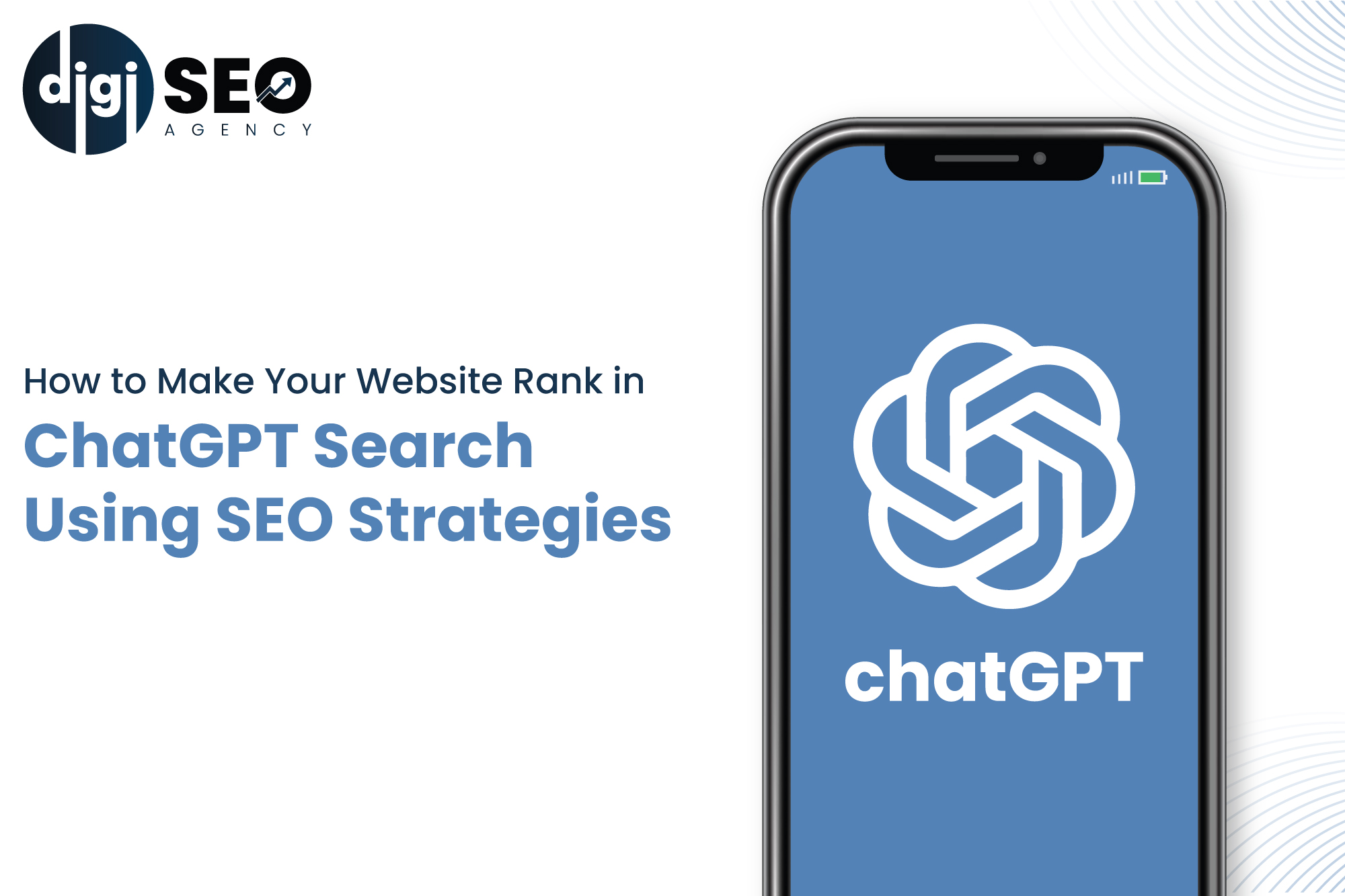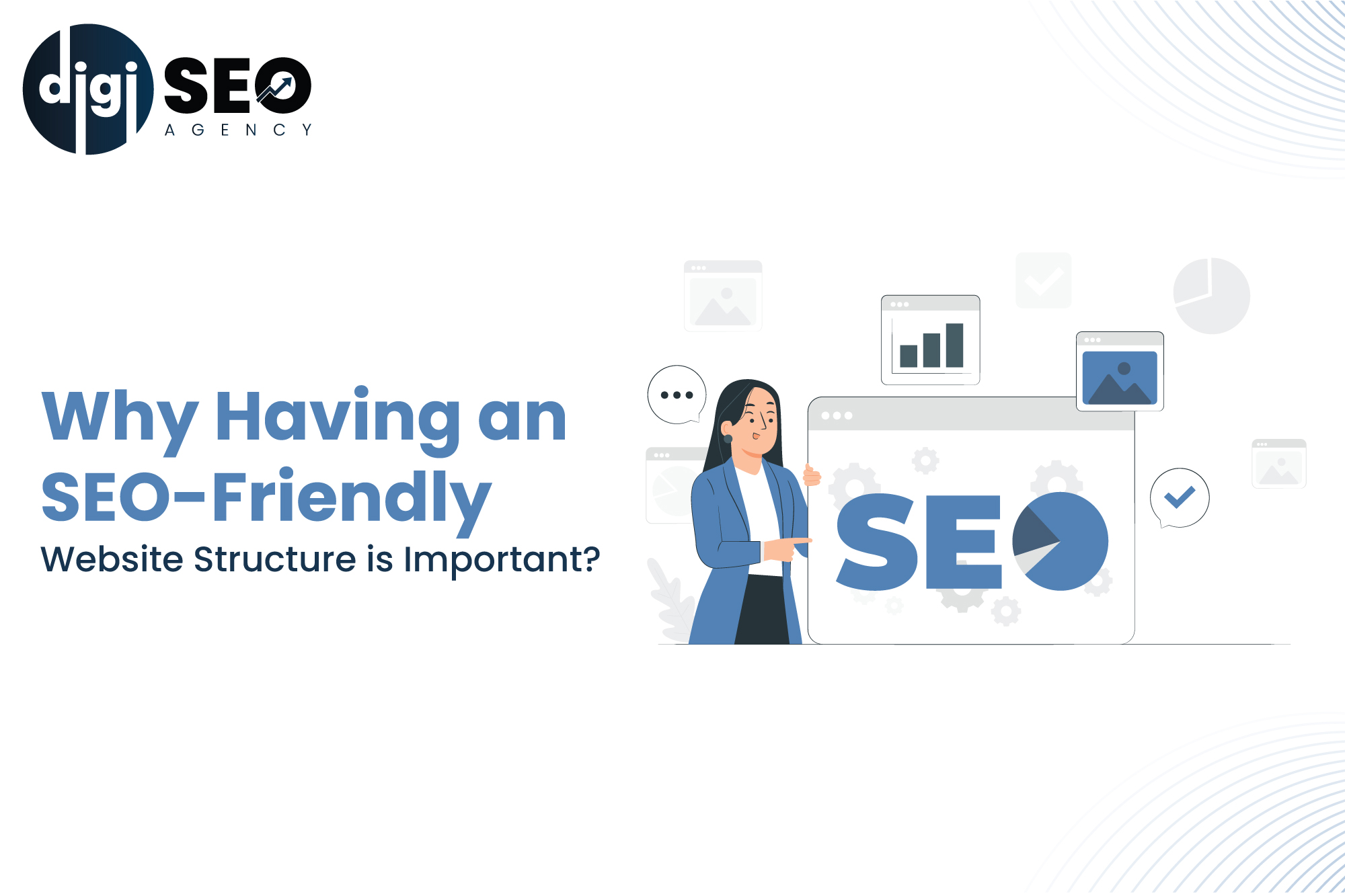With users constantly switching between smartphones, tablets, laptops, and desktops, having a flexible web design isn’t just a nice-to-have, it’s essential. But when it comes to how your site adapts, there are two main strategies: responsive and adaptive design.
Though both aim to improve user experience across devices, the way they work is fundamentally different. In this blog, we’ll break down the differences between responsive and adaptive design, explore their benefits, and help you choose the right one based on your business goals.
What is Responsive Design?
Responsive design uses flexible grids and fluid layouts that automatically adjust to any screen size. Think of it like water it flows and fits whatever container it’s poured into.
Whether someone visits your site from a phone, tablet, or desktop, the content scales and reflows smoothly, without relying on fixed breakpoints for specific devices.

Ready to Take the Next Step? Let’s Talk.
Learn MoreKey Benefits of Responsive Design:
- One Codebase, Multiple Devices: Developers only need to maintain a single set of HTML and CSS.
- Consistency Across Platforms: Users get a unified brand experience no matter how they access your site.
- SEO-Friendly: Google recommends responsive design for better crawlability and indexing, making it an ideal strategy supported by any SEO company in Ahmedabad.
- Scalability: Easier to manage and update over time as screen sizes evolve.
Responsive design is ideal for businesses seeking a streamlined, cost-effective, and future-ready web presence.
Read Also: The Importance of Internal Linking for SEO
What is Adaptive Design?
Adaptive design, in contrast, uses multiple pre-set layouts tailored to specific screen sizes. When a user visits the site, the system detects their device and serves a version designed specifically for that resolution.
This gives designers and developers greater control over how content appears on different screens but it also requires more planning and resources.
Key Benefits of Adaptive Design:
- Optimized Experiences: Each layout is tailored for a specific device, which can lead to better performance and usability.
- Faster Load Times (on mobile): Only the necessary assets are served, improving speed for mobile users.
- Custom Functionality: Enables device-specific interactions and UI features.
Adaptive design is perfect for businesses with highly interactive platforms, such as e-commerce sites, where precision and performance are critical.
Responsive vs Adaptive Design: Key Differences
Feature | Responsive Design | Adaptive Design |
Layout Flexibility | Fluid, dynamic layouts | Fixed layouts for specific devices |
Codebase Management | Single codebase | Multiple layouts and breakpoints |
Development Time | Generally faster | More time and resources required |
Performance | Depends on optimization | Often faster on mobile if well implemented |
SEO Compatibility | Highly SEO-friendly | Requires careful setup (canonical tags, etc) |
| Best For | Content-rich or informational websites | Feature-heavy apps or platforms |
Which One Should You Choose?
Just like with cloud strategies, your choice depends on your business goals, target audience, and technical capabilities:
✅ Choose Responsive Design if:
- You want a single, scalable solution for all devices.
- You need quick development and easier maintenance.
- You’re aiming for strong SEO performance, with support from a trusted SEO company in Ahmedabad.
- You run a content-driven or service-oriented website.
✅ Choose Adaptive Design if:
- You want to deliver tailored user experiences per device.
- You have an e-commerce store or product-heavy platform.
- Performance and control over layout are top priorities.
- You have the development resources to maintain multiple designs.
From User Experience to SEO: Why the Choice Matters
A responsive design delivers fluidity and ease of use, especially when users switch between devices. It’s straightforward and works well for most brands.
On the other hand, adaptive design can feel more “native” to each device but only if implemented well. It also involves greater upkeep, making it a better fit for businesses with high traffic or complex UI needs.
In both cases, mobile experience must be a top priority. With over half of web traffic coming from mobile devices, your website needs to feel intuitive and fast no matter the design strategy.
Wrapping Up
Both responsive and adaptive design offer powerful ways to improve user experience, boost performance, and future-proof your website. While responsive design offers simplicity and consistency, adaptive design provides customization and control.
The right approach depends on your brand’s needs, goals, and technical capacity. And if you’re still unsure, teaming up with a professional web design service in Ahmedabad can help you make a confident, strategic decision.
Make your website not just responsive but responsible for business growth.




